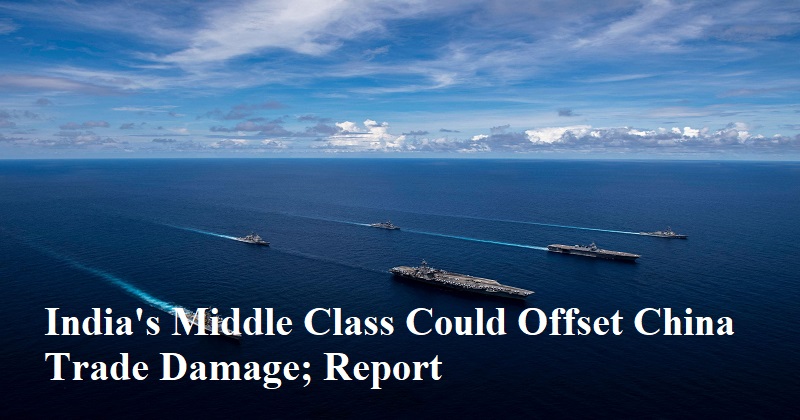
According to Pew Research, 85 million individuals in India have middle-to-high incomes. seen as a top target for industries including education, wine, and tourism, all of which were severely impacted by the epidemic and deteriorating ties with China. Over the following five years, it is anticipated that bilateral commerce would more than quadruple to almost A$60 billion. Australia is looking to India’s growing middle class to help balance the economic harm caused to some of its largest exports by the twin headwinds of Covid-19 and severe limitations imposed by its greatest trading partner, China.
India’s purchases of Australian goods increased to $12.3 billion, a 48% increase from the previous year. In 2022, Australia founded the Centre for Australia-India Relations. Australia and India are partners in a multi-year initiative to support Australian companies’ ability to compete in India. The Centre for Australia-India Relations was founded in 2022 in Australia, where the Indian community makes up roughly 3% of the total population. Its goals include fostering policy dialogue and managing fellowship and scholarship programmes.
Education
Rebuilding the lucrative foreign student market was a challenging challenge for Australia’s higher education system. China’s commitment on pursuing a COvid-zero approach makes the task more challenging. The year 2022 saw the University of Sydney’s highest-ever overseas enrollments from countries other than China. India has 121,868 students registered at the end of October, down around 13,300 from 2019. Comparatively speaking, Chinese enrollments are much below their pre-pandemic peaks. Universities anticipate an increase in demand from India as a result of the new trade deal, which promises reciprocal recognition of educational credentials and grants Indian graduates from certain courses the opportunity to work and reside in Australia for extended periods of time.
Tourism
India replaces China as Australia’s second-largest source country of visitors after New Zealand. Tourism Australia organized trips for Indian social media influencers to watch ICC Men’s T20 Cricket World Cup. Still, Indian holidaymakers are not as lucrative as Chinese visitors for Australian businesses.The tourism sector needs almost twice as many visitors from India than from China to make the same revenue, according to economists at Australia & New Zealand Banking Group.
Critical Minerals
Government statistics show that India was Australia’s second-largest coal export customer in 2020–21. Australia shouldn’t rely on its coal trade with India to continue robust as the world turns away from fossil fuels. The resources industry does, however, provide prospects. There is a ‘perfect match’ in their attempts to decarbonize their economy since Australia contains 21 of the 49 minerals that India has designated as key.
Wine Wins
India’s budding wine market is projected to grow 8% a year to 2024, off a low base. Australia was India’s biggest source of wine imports in the 12 months through September 2022. Bilateral trade pact will slash tariffs on Australian wine, giving it a further boost.
Additionally, it is anticipated that the agreement will increase access for the pharmaceutical, cosmetic, and lentil industries. However, other businesses impacted by China trade issues are anticipated to lose out while some prosper. According to Patricia Ranald of the University of Sydney, India has a sizable rural population whose subsistence farming is their main source of income, making it doubtful that Australian agricultural exports like barley will find a market there.

Post Your Comments